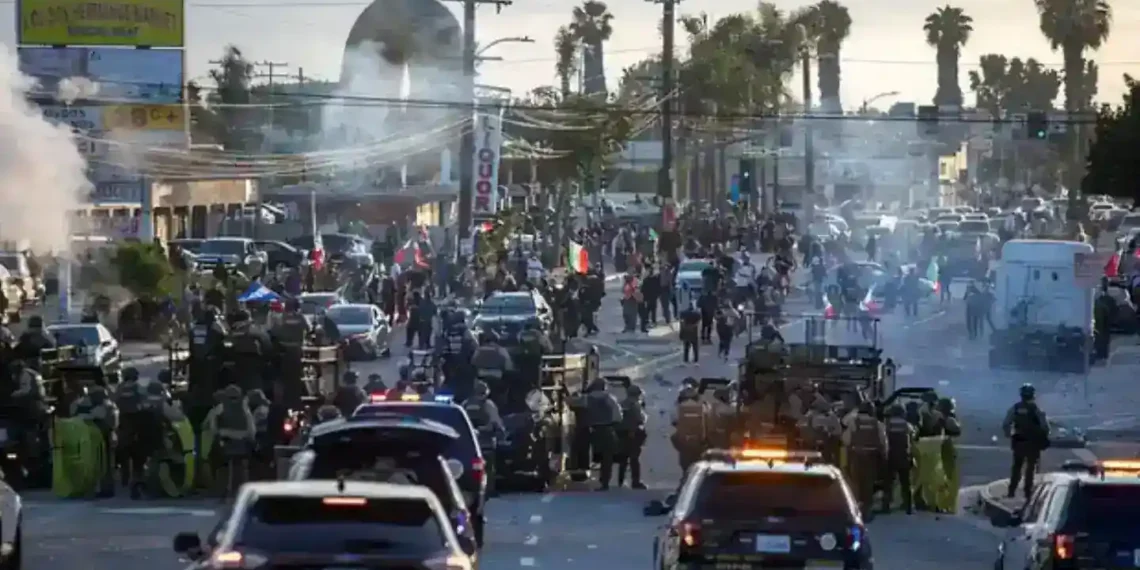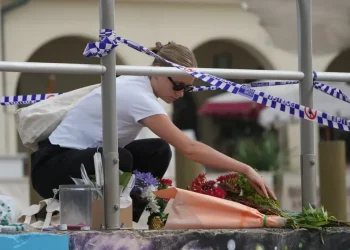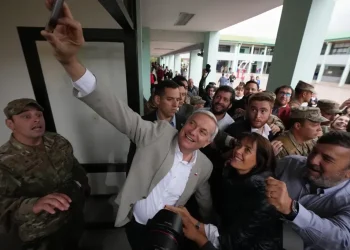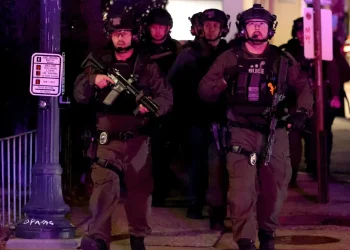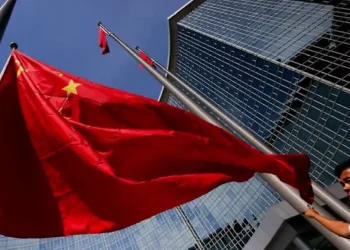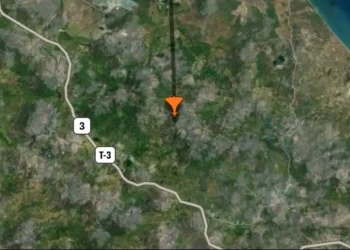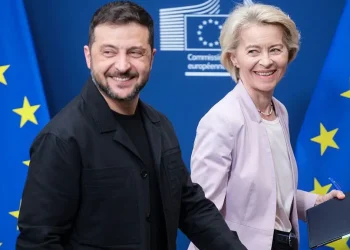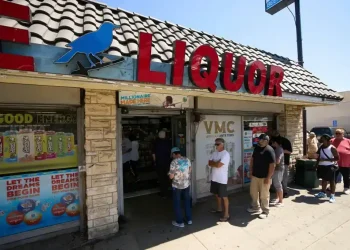Immigration Tensions Boil Over in Los Angeles: What Sparked the Protests and Why the National Guard Is Involved
Los Angeles is facing a wave of unrest after sweeping ICE raids led to dozens of arrests across the city on Friday. The fallout was swift—by Saturday, protesters filled the streets and President Trump had ordered 2,000 National Guard troops to Los Angeles County, citing escalating tensions and violent clashes.
Here’s what you need to know about how the protests started, who was arrested, and what federal and local officials are saying as the situation unfolds.
What Triggered the Protests in L.A.?
The spark came Friday when Immigration and Customs Enforcement (ICE) officers executed search warrants at multiple locations across the city, including a clothing warehouse in the Fashion District. Officials say a judge had found probable cause that some employees were using false documentation.
As agents attempted to leave the area, crowds gathered—many trying to block the vehicles from departing. The tension escalated quickly and spread to a federal building in downtown Los Angeles, where demonstrators believed detainees were being held in the basement.
By Saturday, protests had erupted in several other locations, including Paramount and Compton, after reports surfaced of additional immigration enforcement activity. Some scenes turned chaotic, with protesters throwing rocks at law enforcement vehicles and attempting to block a U.S. Marshals Service bus.
Who Was Arrested During the ICE Raids?
The Department of Homeland Security (DHS) reported that a total of 118 immigrants were arrested in Los Angeles this week—44 of those on Friday alone. Among those detained were five individuals linked to criminal organizations and others with prior convictions, according to DHS.
One high-profile arrest drew additional attention: David Huerta, the regional president of the Service Employees International Union, was taken into custody during the protests and is currently being held at the Metropolitan Detention Center in Los Angeles. He is scheduled to appear in court on Monday.
Why Did Trump Deploy the National Guard?
On Saturday night, President Donald Trump signed a memo invoking Title 10 authority to deploy at least 2,000 National Guard troops to Los Angeles County. The move allows federal control over National Guard units, bypassing state approval.
“If Governor Gavin Newscum of California and Mayor Karen Bass of Los Angeles can’t do their jobs, which everyone knows they can’t, then the Federal Government will step in,” Trump wrote on Truth Social, adding that the deployment was aimed at stopping “RIOTS & LOOTERS.”
Defense Secretary Pete Hegseth said troops would be deployed “immediately,” and warned that if unrest continues, active-duty Marines from Camp Pendleton could also be mobilized. The Marines, he added, are already on “high alert.”
What’s the Legal Context Behind the Deployment?
Trump’s use of Title 10 authority—which waives restrictions under the Posse Comitatus Act—is the same mechanism he used earlier this year to deploy troops to the southern border. The law typically limits military involvement in domestic law enforcement but allows exceptions when authorized by Congress or the Constitution.
How Have California Officials Responded?
California Governor Gavin Newsom criticized the deployment as “inflammatory” and said it would only “escalate tensions.” He revealed that he had a 40-minute call with President Trump on Saturday night to discuss the situation.
Newsom said the president’s order threatens public trust and called it “the wrong mission.”
It remains legally murky whether the president can deploy the National Guard without the governor’s approval, especially for operations unrelated to federal property or border enforcement.
Los Angeles Mayor Karen Bass said city officials are coordinating with Washington and law enforcement to manage the situation while ensuring public safety.
What’s Next for L.A.?
As of Saturday night, protests were still ongoing in several parts of the city. Civil rights groups and immigrant advocates are calling for accountability and demanding the release of detainees. Chants of “Set them free, let them stay!” echoed outside detention centers, with signs and graffiti voicing strong opposition to ICE operations.
What began as an enforcement operation has now spiraled into a broader political and legal battle—with national implications for how immigration policy is enforced and how protests are policed.
Stay with us for continuing updates on the situation in Los Angeles.
This article was rewritten by JournosNews.com based on verified reporting from trusted sources. The content has been independently reviewed, fact-checked, and edited for accuracy, neutrality, tone, and global readability in accordance with Google News and AdSense standards.
All opinions, quotes, or statements from contributors, experts, or sourced organizations do not necessarily reflect the views of JournosNews.com. JournosNews.com maintains full editorial independence from any external funders, sponsors, or organizations.
Stay informed with JournosNews.com — your trusted source for verified global reporting and in-depth analysis. Follow us on Google News, BlueSky, and X for real-time updates.
